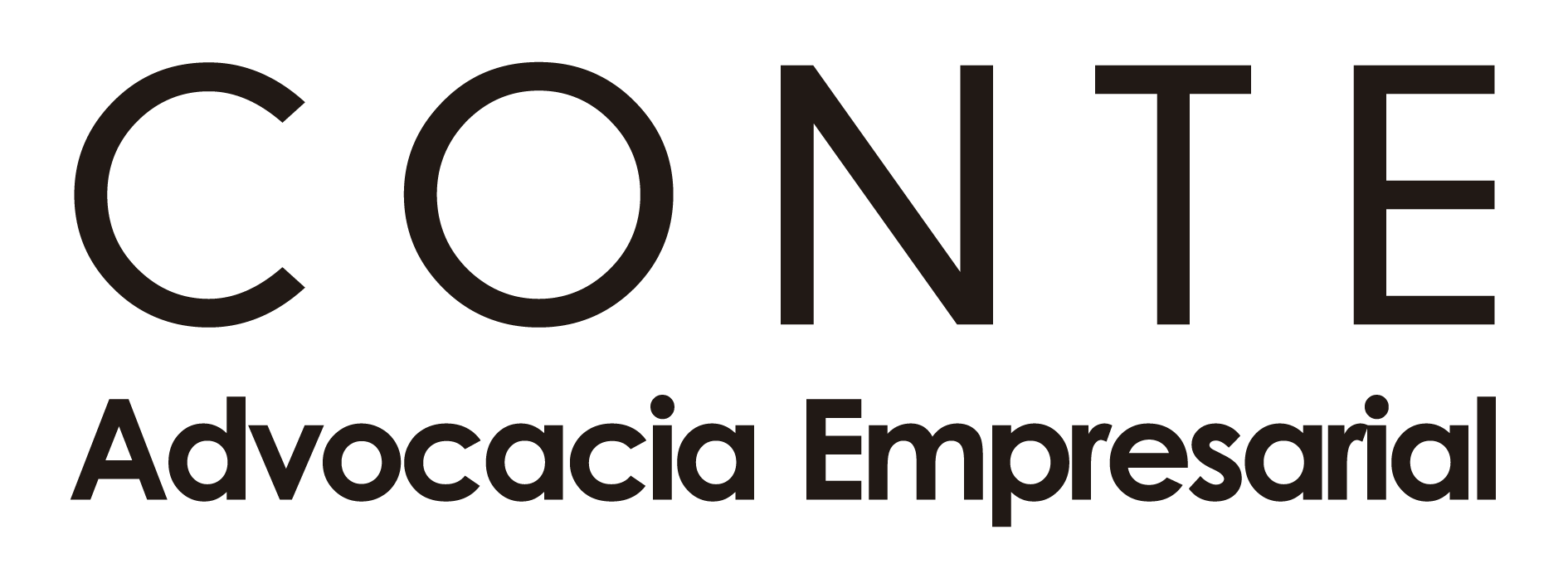A bet on the over means you think both teams will combine to score more goals, points, or runs than the total listed. Over and short—often called “cash over short”—is an accounting term that signals a discrepancy between a company’s reported figures and its audited figures. The term also is the name of an account in a company’s general ledger—the cash-over-short account. Cash discrepancy is one of the most common issues that businesses encounter when handling cash transactions. It happens when the recorded cash amount doesn’t match the actual cash on hand.
By buying the shares at a lower price (ideally) than the selling price, the investor closes the position, completing the short-selling transaction. Indeed, your long position starts losing money once the stock’s value drops below $50. You are reluctant to sell, but you’re also worried about the company’s short-term prospects due to an adverse news event, a disappointing earnings report, or a looming bear market. On the other hand, there are market conditions that seasoned traders can take advantage of and turn into a profit.
- Generally, short selling is a bearish investment method that involves the sale of an asset that is not held by the seller but has been borrowed and then sold in the market.
- While all three ratios have some overlap in their formulas and input values, they each offer a distinct measure of liquidity.
- A ratio below 1.0 means that its short-term debts outsize the cash on hand, which could point to potential insolvency.
- However, if the balance is at credit, it is treated as miscellaneous revenue instead.
- During periods of market instability, regulators have occasionally imposed temporary restrictions or bans on short selling to stabilize prices.
In this case one balance sheet asset (cash), has been increased by 1,488 when the cash is banked. Over and short—often called “cash over short”—is an accounting term that signals a discrepancy between a company’s reported figures (from its sales records or receipts) and its audited figures. The term also is the name of an account in a company’s general ledger—the cash-over-short account. Overall, understanding over and short is just the first step in addressing cash discrepancies.
Instead, you merely reserve the right to do so before the end of the options contract. In the evolving landscape of digital marketing, the emergence of specialized content creators has… In the realm of content marketing, whitepapers are a cornerstone, providing in-depth and…
For example, let’s imagine that X drops to $45 per share before beginning to rebound. In this case, you’d need to have at least $5,000 in your account to open a $10,000 short position. Additionally, the short seller is responsible for making dividend payments on the shorted stock in its entirety to whom the stock has been borrowed. However, having too high of a cash ratio isn’t necessarily a good thing.
Stablecoins are Redefining Finance as More Investors Buy USD Coin
The first step is to find what is cash short and over the cash and cash equivalents, which will be reported under the current or short-term assets section of the balance sheet. In practice, this journal entry will also incorporate other aspects of the underlying transactions. Accruing tax liabilities in accounting involves recognizing and recording taxes that a company owes but has not yet paid. This is important for accurate financial reporting and compliance with… Naked short selling is the practice of shorting a stock without actually borrowing the shares first.
In simple terms, Over and Short refers to the variance that arises when the amount counted during a physical count or cash reconciliation doesn’t match the amount recorded in the books. Double Entry Bookkeeping is here to provide you with free online information to help you learn and understand bookkeeping and introductory accounting. Chartered accountant Michael Brown is the founder and CEO of Double Entry Bookkeeping. He has worked as an accountant and consultant for more than 25 years and has built financial models for all types of industries. He has been the CFO or controller of both small and medium sized companies and has run small businesses of his own.
Presentation of the Cash Over and Short Account
It means selling an asset you don’t hold in your portfolio that you predict to drop in value later. Instead of purchasing the stock outright, you borrow it, sell it, and put the money aside. Then, after the price has dropped, you repurchase the stock and return it to the lender, keeping the difference as profit. In the U.S., short selling is a legal practice available to anyone with a margin account. Although Congress examined short selling closely when drafting the Securities and Exchange Act of 1934, it did not outright prohibit the practice. The primary risk of short selling is that your prediction could be wrong, and the stock price may increase instead.
This register includes all receipts from customers for over-the-counter sales. During closing the register, Red Co. counted its cash in the drawer, which amounted to $520. In practice, the cash over and short account can only have a debit or credit balance.
Trial Balance
Impact of Cash Discrepancies – Cash discrepancies can have a significant impact on a business. It can affect the accuracy of financial statements, which can result in incorrect tax filings, penalties, or even legal issues. It can also lead to financial losses, affect the reputation of the business, and damage relationships with customers.
Cash Over and Short acts as an Expense account when there is an shortage. It’s an “other expense” for you, not a normal expense like paying your bills. Cash Over and Short account is also used for Petty Cash overages and shortages. A short squeeze is when a stock’s value skyrockets, causing many short-sellers to franticly try to close their positions and buy back the stock, driving the price up even faster.
However, discrepancies occasionally occur, leading to differences between the recorded amount and the count of cash or inventory in hand. Timing differences occur when there is a delay between the time a transaction occurs and when it is recorded in the books. This type of discrepancy can be caused by a range of factors, such as delays in bank processing, delayed deposits, or delayed recording of transactions. Timing differences can lead to temporary discrepancies, but they can also result in long-term financial issues if not addressed promptly. Suppose a retail business starts each day with a cash balance of 100 in the cash register. During the day sales of 1,500 are entered into the register, and a cash count at the end of the day shows cash of 1,588 as summarized below.
Short selling regulation
- Cash discrepancy is one of the significant financial challenges that organizations face, particularly those that deal with cash payments.
- For example, the cash shortage needs the adjustment on the debit side while the cash overage needs the adjustment on the credit side.
- This discrepancy can occur in many ways, such as errors in recording transactions, theft, fraud, or miscounting.
- A cash ratio of 1.26 indicates that the cafe has more than enough cash currently on hand to take care of its short-term liabilities.
A larger balance in the account is more likely to trigger an investigation, while it may not be cost-effective to investigate a small balance. The cash over and short account is an excellent tool for tracking down fraud situations, especially when tracked at the sub-account level for specific cash registers, petty cash boxes, and so forth. A controller conducts a monthly review of a petty cash box that should contain a standard cash balance of $200. He finds that the box contains $45 of cash and $135 of receipts, which totals only $180. This cash shortfall is recorded as a debit to the cash over and short account (which is an expense) and a credit to the petty cash or cash account (which is an asset reduction).
The accounting for these transactions is also straightforward, as discussed above. If the cash recorded in the register is higher than the physical cash in hand, it falls under cash short. Thus, this account serves primarily as a detective control—an accounting term for a type of internal control that aims to find problems, including any instances of fraud, within a company’s processes. Internal tampering could cause a business to be over and short in its accounting. This term pertains primarily to cash-intensive businesses in the retail and banking sectors, as well as those that need to handle petty cash. If a cashier or bank teller errs by giving too much or too little change, for example, then the business will have a “cash short” or “cash over” position at the end of the day.
How to Identify Cash Discrepancy?
One of the most famous examples of short selling during the 2008 financial crisis was executed by Michael Burry, the hedge fund manager portrayed in the book and movie The Big Short. Burry recognized early signs of weakness in the U.S. housing market, particularly in the subprime mortgage sector, which involved risky loans to borrowers with poor credit. As potential losses on a short sale are unlimited, a margin call effectively limits how much loss your position can sustain. The major negative of margin loans is that they enable you to leverage an investment position. While this can bring the opportunity for extraordinary profits, it also multiplies your losses on the downside.


Deixe um comentário